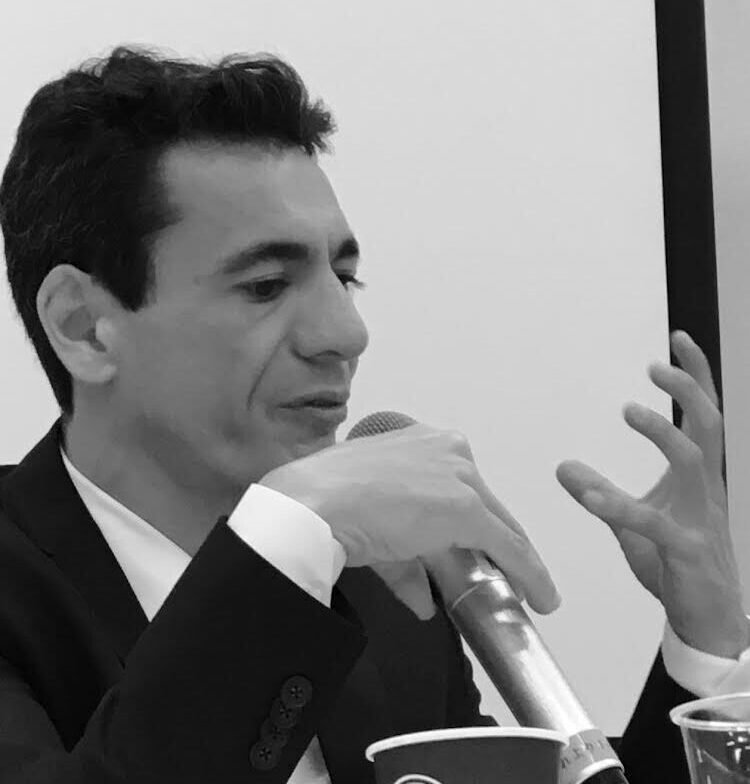


The right to peace is a growing principle in international law rooted in the United Nations Charter and developed through decades of advocacy by states and civil society. Peace is not simply the absence of war—it encompasses freedom from foreign intervention, the dismantling of systemic inequality, and the elimination of conditions that give rise to armed conflict. In 2016, the U.N. General Assembly adopted the Declaration on the Right to Peace, affirming that the peoples of the world have the right to demand peace from their states and the international community.
This course explores the legal and political dimensions of the right to peace as a tool for popular empowerment. It analyzes how power politics have shaped the recognition and implementation of this right; the evolving role of the U.N. Human Rights Council; and how national courts, such as in Costa Rica, have begun to institutionalize the right to peace in jurisprudence.
Foundational Principles of the Right to Peace
International Politics and the Struggle For Recognition
The Role of the U.N. Human Rights Council




The UNGA Resolution officially recognizing a right to peace in 2016.
The original UNGA Resolution recognizing a right to peace in 1984.
As drafted by the Asociación Española para el Derecho Internacional de los Derechos Humanos in 2023.
Adopted by the Spanish Society for International Human Rights Law, the 2006 Luarca Declaration was one of the earliest comprehensive civil society texts that attempted to define and codify peace as a legal human right.
2011 International Journal on World Peace entry detailing efforts leading up to the 2016 Assembly Resolution.
Draft declaration of the human rights advisory council on the right to peace in 2012.
“The Impact of the Right to Peace on Security Seen in the Deliberations in the United Nations”
“The Impact of the Right to Peace on Security Seen in the Deliberations in the United Nations”
Vindicating Sovereignty and Self-Determination: Presentation by Roberto Zamora
Costa Rica’s Constitutional Chamber (Sala IV) holding in the case challenging President Pacheco’s moral support for the Iraq invasion.
Thank you for registering for the People’s Academy! You will be auto-registered for future courses and seminars. For the upcoming seminar, please register with the following link: